Many consumers are drawn to “natural” products, assuming that they are safer and healthier than their conventional counterparts. However, just because a product is marketed as “natural” doesn’t necessarily mean that it’s entirely safe or free of harmful ingredients. In fact, some common ingredients found in natural products can be just as concerning as those found in conventional products. In this article, we’ll take a closer look at 10 common ingredients in “natural” products that might not be so safe.
Contents
- 1 Parabens
- 2 Phthalates
- 3 Sodium Lauryl Sulfate (SLS) and Sodium Laureth Sulfate (SLES)
- 4 Triclosan
- 5 Artificial Fragrances
- 6 Formaldehyde
- 7 Propylene Glycol
- 8 Mineral Oil
- 9 Silicones
- 10 Synthetic Dyes
- 11 More From RetailShout
- 12 10 Purchases You Should Always Make with Cash
- 13 16 Creative Upgrades for Your Breakfast Sandwich
Parabens
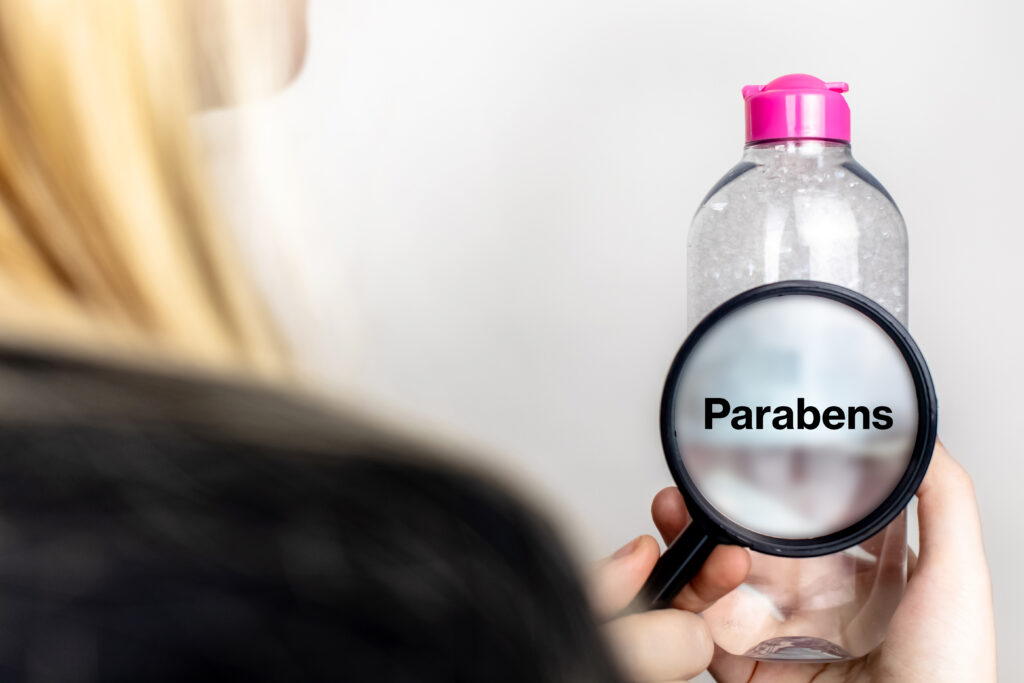
Parabens are a group of synthetic compounds commonly used as preservatives in many personal care products. Despite their widespread use, they have been associated with various health concerns including hormonal disruptions. When shopping, scrutinize product labels for terms like methylparaben, ethylparaben, or propylparaben and consider opting for paraben-free alternatives.
Phthalates
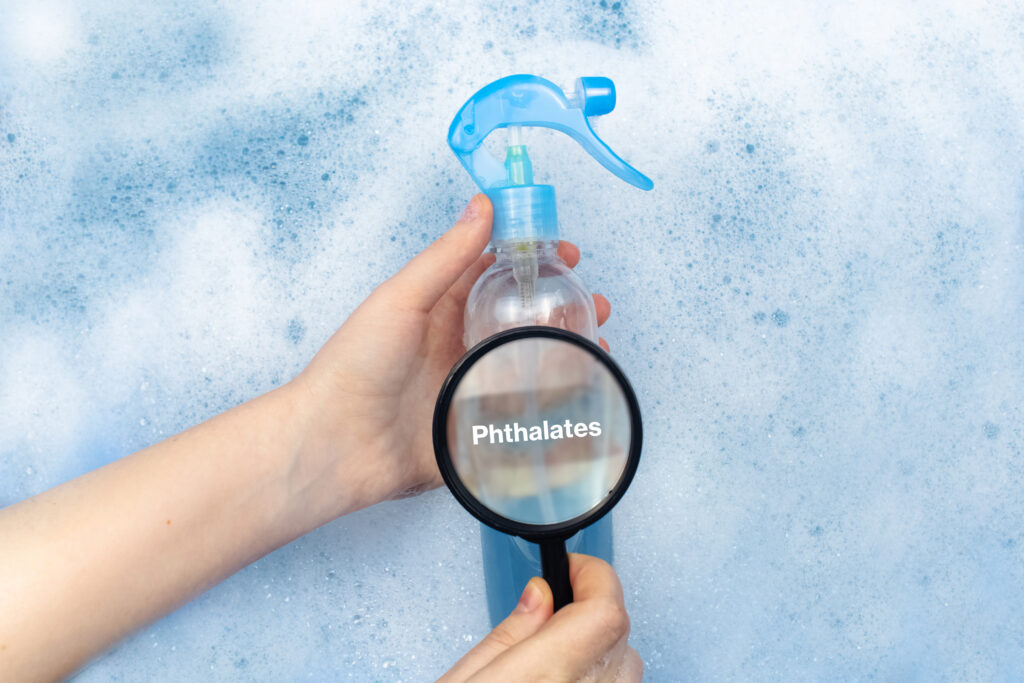
Often found in fragrances, lotions, and deodorants, phthalates are chemicals that help dissolve other ingredients in a formulation. However, they have been linked to endocrine disruption and reproductive issues. To avoid these, look for labels that explicitly state “phthalate-free” as this group of chemicals might not always be listed individually on the ingredients list.
Sodium Lauryl Sulfate (SLS) and Sodium Laureth Sulfate (SLES)
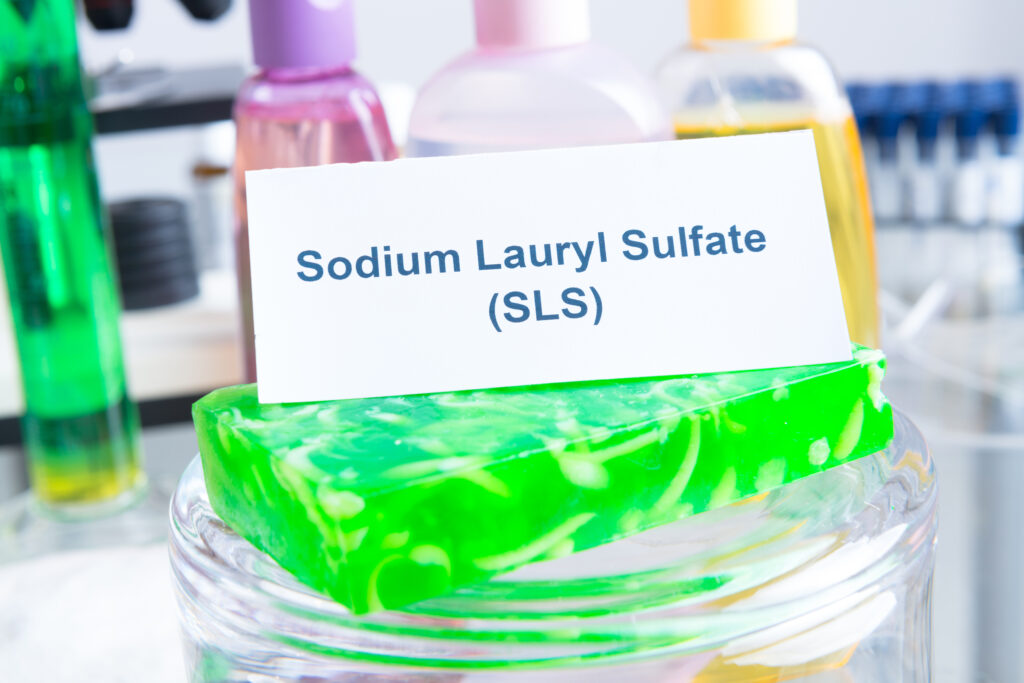
These ingredients are commonly used as foaming agents in cleansing products such as shampoos and body washes. They are known to cause skin irritation in some people. To sidestep these potential irritants, look for products labeled as SLS-free and SLES-free.
Triclosan
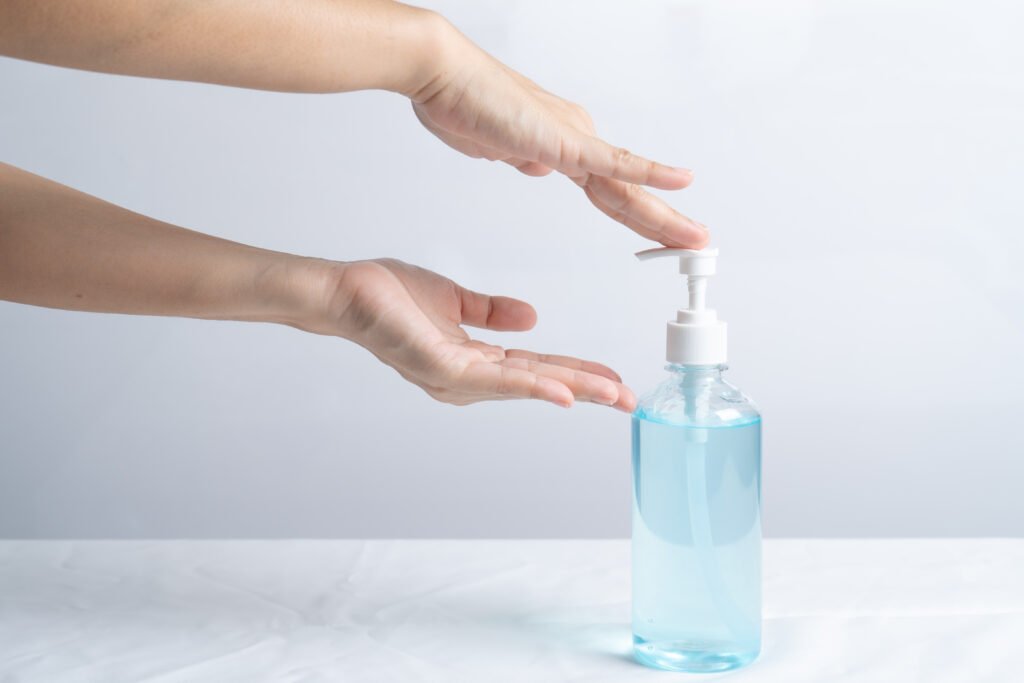
Triclosan is an antibacterial agent used in a variety of products, including hand sanitizers and toothpaste. It has been associated with bacterial resistance and hormone disruption. To make an informed decision, look for alternatives labeled as “triclosan-free”.
Artificial Fragrances
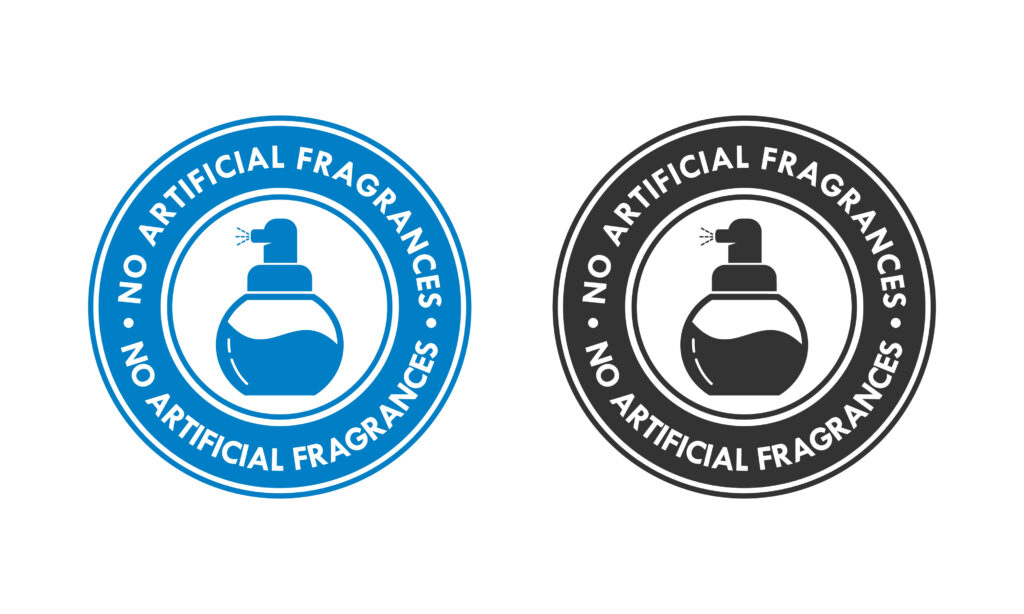
Artificial fragrances are used to give products a pleasant scent. Unfortunately, they can cause allergic reactions and other health issues. When shopping, seek out products labeled with “fragrance-free” or “no synthetic fragrance” to avoid artificial fragrances.
Formaldehyde
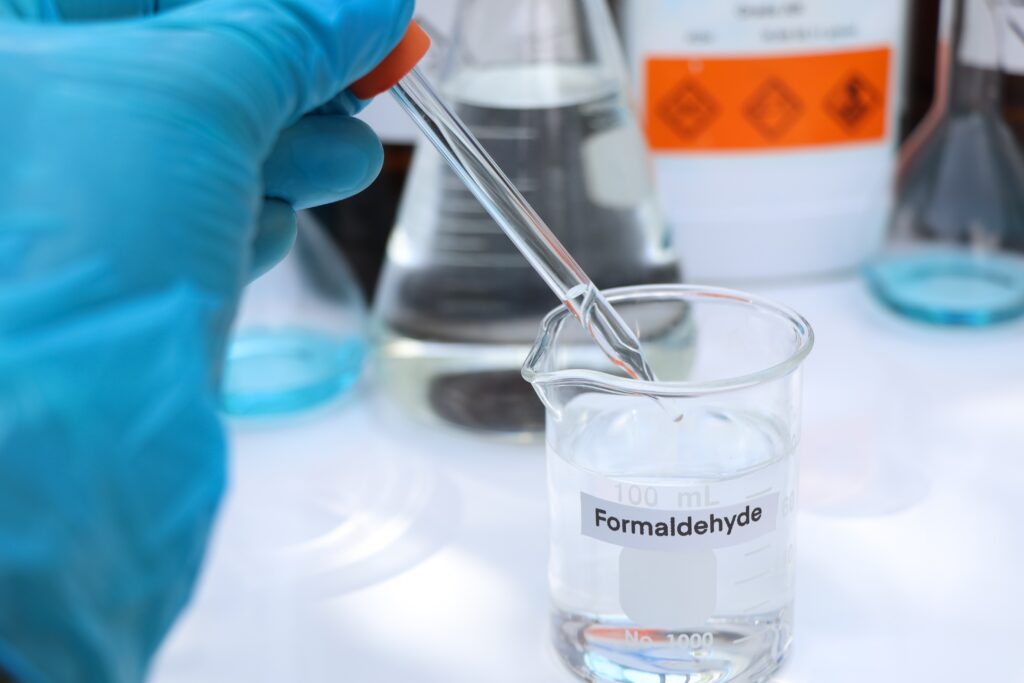
Formaldehyde is used as a preservative in many personal care products. However, it has been identified as a potential carcinogen and irritant. To avoid products containing formaldehyde, look for terms such as “formalin”, “formaldehyde resin”, or “methanal” on the ingredient list.
Propylene Glycol
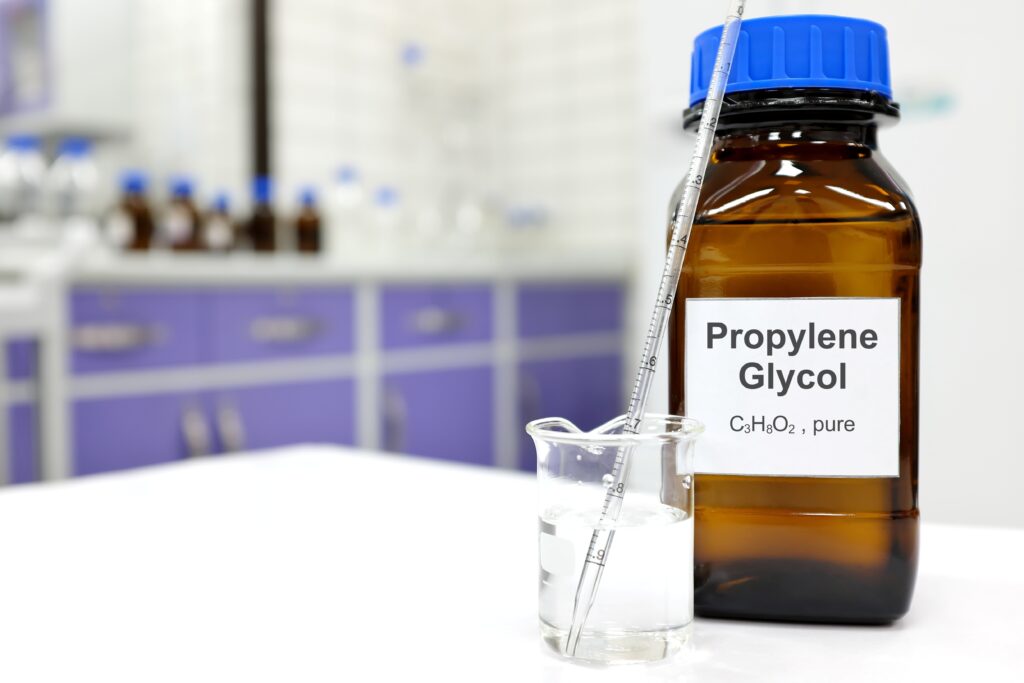
A common ingredient in skincare and cosmetics, propylene glycol acts as a skin conditioning agent. Nevertheless, it can cause skin irritation and allergic reactions in sensitive individuals. Check for “propylene glycol” in the ingredient list and consider products labeled as “propylene glycol-free”.
Mineral Oil
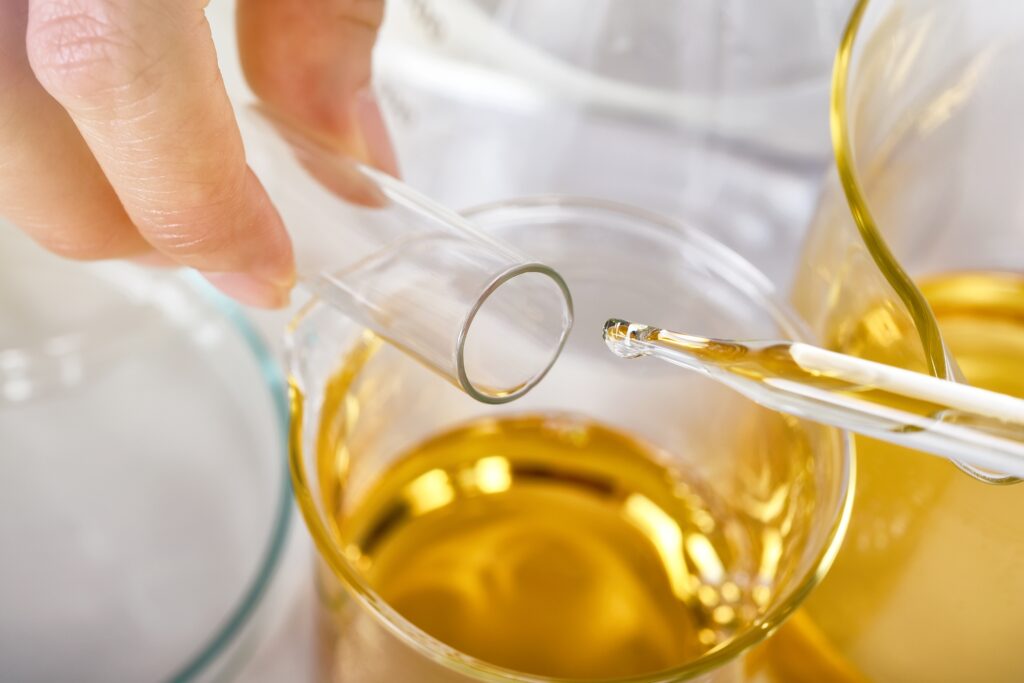
Derived from petroleum, mineral oil is used in a variety of skin-care products. It has the potential to clog pores and cause skin irritation. Look for terms such as “petrolatum” or “paraffinum liquidum” on the ingredient list to identify products containing mineral oil.
Silicones
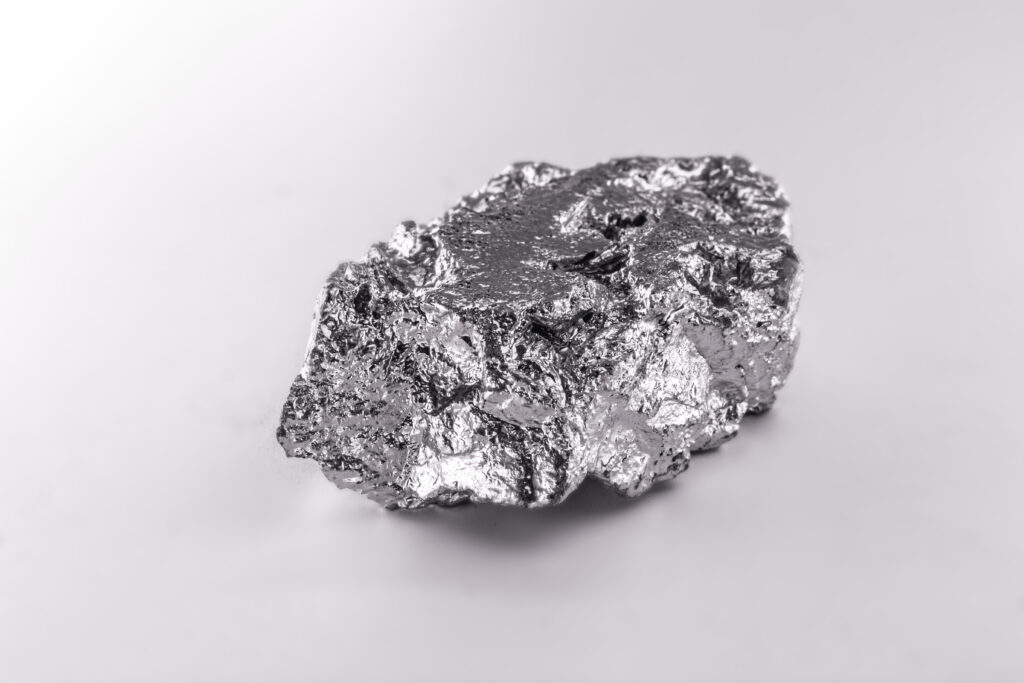
Silicones are used in skincare and haircare products to provide a silky texture. While generally considered safe, they can cause breakouts and accumulate on the skin and hair over time. Avoid products containing ingredients with suffixes like “-cone” or “-siloxane” if you wish to stay away from silicones.
Synthetic Dyes
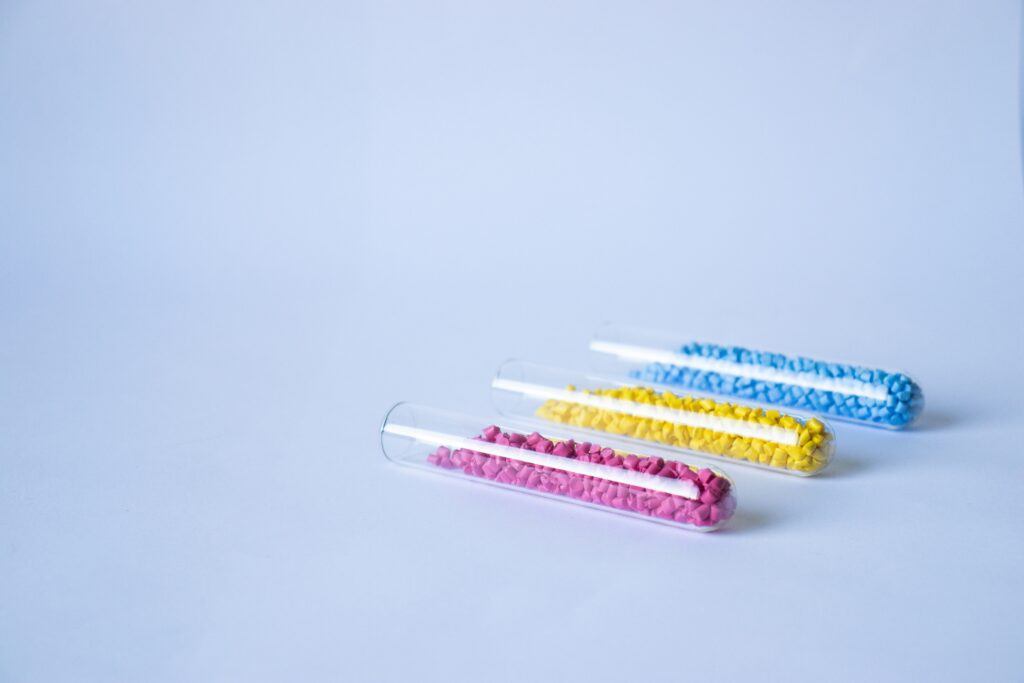
Often used to add color to cosmetics and personal care products, synthetic dyes can cause skin irritation and other adverse reactions. To avoid them, opt for products labeled as “free of synthetic dyes” or check the ingredient list for terms like “D&C” followed by a color and a number.
This article originally appeared on RetailShout.
More From RetailShout
10 Mistakes To Avoid In The Freezer Aisle

Next time you’re hitting up the grocery store, let’s talk about something we often overlook the freezer aisle. It’s packed with convenient and delicious options, but there are some common mistakes that can trip you up. Read More.
10 Purchases You Should Always Make with Cash

Handling money can be tricky, especially with all the digital payment options available today. However, there are certain situations where paying with cash is still the best way to go. Cash can save you money on fees, help you stick to a budget, and make transactions smoother and faster. Read More.
16 Creative Upgrades for Your Breakfast Sandwich

Breakfast sandwiches are a fantastic way to start the day, but sometimes the same old routine can get a little boring. If you’re looking to shake things up and add some excitement to your mornings, I’ve got some great tips for you. Read More.






